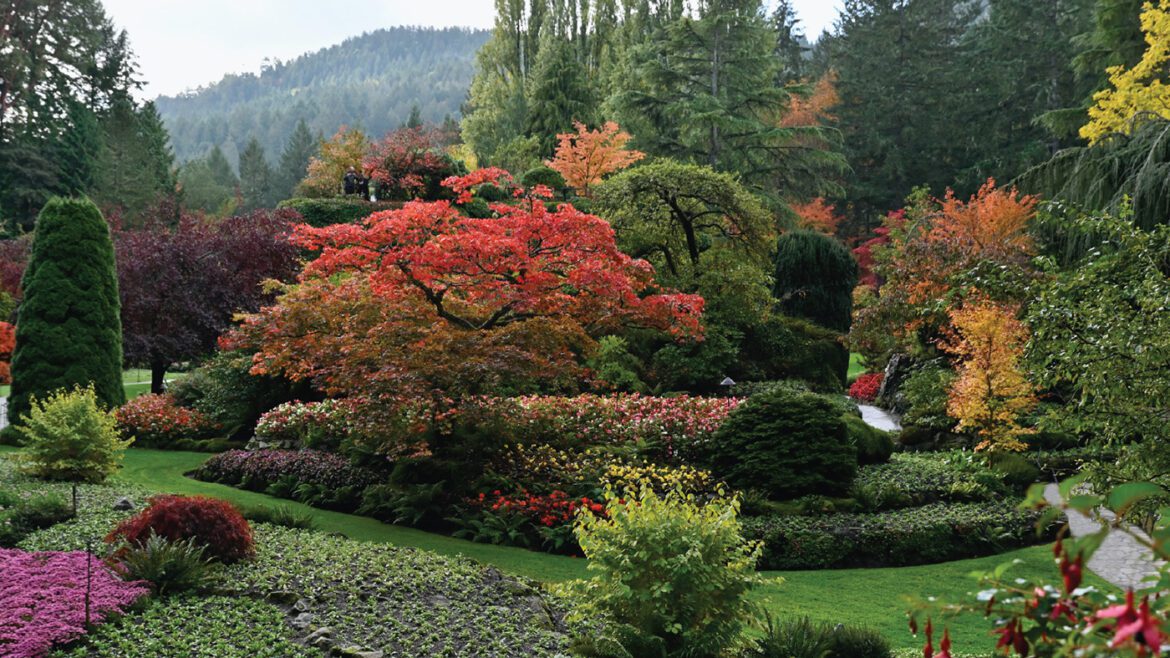In a world where bees are vanishing and ecosystems are straining under the weight of human presence, the design of our personal gardens takes on a profound responsibility. By embracing natural-growth landscapes—where wildlife forages freely among layered leaves and native blooms thrive throughout the year—we become stewards of the delicate networks that sustain both pollinators and plants. Alarmingly, some North American bumblebee populations have fallen by nearly 50 percent since the 1970s, a decline that signals much more than the loss of a single species. If bees were to disappear entirely, the ripple effects would be devastating: food systems would falter, wildflower meadows would fade, and the natural gardens we treasure would collapse in cascade. And yet, while the ozone layer is on track to heal to 1980 levels by around 2040—a rare environmental success—it remains only a small bright spot amid much larger and more complex challenges.
Against this backdrop, the way homeowners approach garden design is evolving. A rising movement toward soft landscaping is reshaping outdoor spaces with intention and emotional clarity. Homeowners are increasingly blending natural textures—like warm wood, limewash finishes, soft gravel, and native plants—to create outdoor environments that feel calm, organic, and restorative. The focus is shifting from decorative, high-maintenance gardens to sensory-driven spaces that support slow living. This quieter, more grounded approach to landscape design aligns naturally with efforts to support pollinators, allowing gardens to become both beautiful and ecologically meaningful.
In spring, early-blooming native flowers provide essential nectar to bees emerging from hibernation. Willow, serviceberry, wild plum, bloodroot, and trillium offer the first lifelines of the season, drawing pollinators back into activity. A garden that layers these early bloomers with structural elements—deciduous shrubs, leaf litter, and pockets of warm soil—helps bees recover from winter’s scarcity. The materials favored in soft landscaping, from textured woods to earthen finishes, harmonize with these early plantings, ensuring that spring feels abundant, grounding, and quietly alive.
Summer brings its own opportunities for sustaining biodiversity. Native perennials such as bee balm, black-eyed Susans, coneflowers, and mountain mint create vibrant displays that support a wide array of pollinator species. During these warm months, gardens become dynamic ecosystems: birds nest in hedgerows, butterflies gather on nectar-laden blossoms, and bees replenish their reserves. Incorporating soft, permeable surfaces like gravel paths or mulched walkways enhances this natural flow, inviting people to move slowly and experience the garden through sound, texture, and scent.
Autumn is a season of preparation. As temperatures cool, bees rely on late bloomers—goldenrod, asters, and sedum—to store energy for winter. Leaving seed heads, spent blooms, and ornamental grasses in place not only enhances visual texture; it also provides food and shelter for overwintering insects. This season’s muted palette pairs easily with the understated tones of soft landscaping, creating outdoor spaces that feel both serene and purposeful.
Winter, too, is integral. Beneath blankets of leaves and dormant plantings, next year’s pollinators rest. A sustainable winter garden avoids excessive clearing, recognizing that hollow stems, undisturbed soil, and natural debris are not visual clutter but essential microhabitats. Even minimal structures—wooden benches, stone borders, or sculptural branches—retain their quiet beauty through the season, echoing the soft landscaping ethos of simplicity and respect for nature’s rhythms.
Where have the bees gone? Too often, their habitats have been removed, fragmented, or designed without them in mind. But our gardens can change that trajectory. By cultivating landscapes that celebrate natural growth, champion native species, and incorporate the calming principles of soft landscaping, we create sanctuaries where pollinators—and the ecosystems they anchor—can thrive. Ultimately, the most meaningful beauty is a living landscape that sustains the world beyond our walls.

